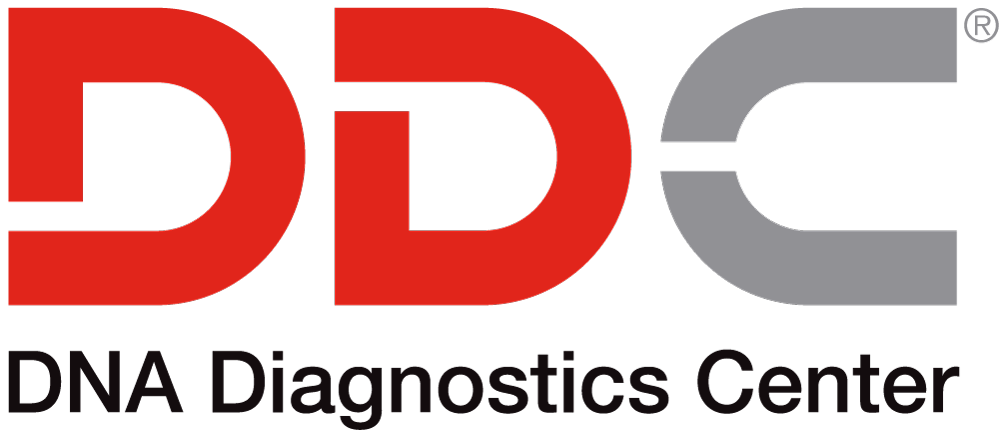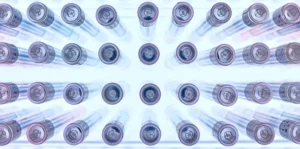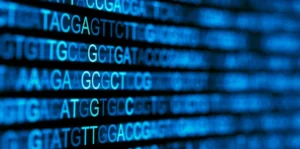JUNE 17, 2013
DNA Identification: The New Fingerprint
Since 1892 when Juan Vucetich made the first criminal identification using fingerprints, the technique of fingerprinting has become a key tool for forensic investigators worldwide. Fingerprints—the pattern resulting from the tiny ridges, whorls and valley patterns on the tip of each finger—are left when we touch surfaces and leave behind substances from our hands (such as sweat), or when we pick up substances from a surface (such as blood).
Today, a modern technique, DNA identification, has become an essential tool used in the forensic investigator’s toolkit. DNA identification, also known as DNA fingerprinting, analyzes a person’s DNA sample to produce a unique genetic record that can be compared to DNA collected from crime scene evidence. DNA fingerprinting has many advantages over traditional fingerprinting:
- DNA fingerprints are easy to obtain because they can come from many different types of cells that can be left behind—in any type of bodily secretion such as blood and sweat, in skin cells, hair, and even in fingerprints
- DNA fingerprints can be produced from trace (often invisible) evidence—only a very minute amount of DNA is required to produce a profile.
- DNA identification techniques continue to evolve and improve. Even partial DNA profiles provide much more information than a traditional fingerprint..
There are significant advantages of DNA fingerprinting over traditional fingerprinting especially in forensic investigations:
- DNA can be obtained from previously collected evidence in old, unsolved cases for analysis.
- Major crimes often involve people who also have committed other offenses, and DNA identification makes it easier to identify suspects.
- Innocent people are currently incarcerated for crimes they did not commit; DNA evidence is being used to reopen their cases and find justice.
The robustness of DNA identification techniques has held up in courts for almost thirty years. In 1987, DNA Diagnostics Center’s Chief Science Officer, Dr. Michael Baird, was the first scientist to testify in a U.S. court case involving DNA.
The federal government and most states now use DNA fingerprinting in the same way as traditional fingerprinting: to create an infallible record of a suspect’s identity. In a landmark Supreme Court Decision on June 3, 2013, upholding the collection of DNA for serious arrests, Justice Anthony Kennedy calls it “a legitimate police booking procedure that is reasonable under the Fourth Amendment,” and importantly, “so that the criminal justice system can make informed decisions concerning pretrial custody.” This case has established DNA Fingerprinting as a tool that accompanies traditional methods, like fingerprints and photographs, for reliably establishing identity.
The Supreme Court’s ruling puts an official stamp on the fact that already is: although there is a place for the technique of traditional fingerprinting, DNA fingerprinting, as it continues to evolve, will increasingly be the method of choice for forensic investigators.
About DNA Diagnostics Center (DDC)
DNA Diagnostic Center is the world leader in paternity and relationship testing. We serve healthcare professionals, government agencies, and individuals around the world to determine family relationships with trusted accuracy.
More Questions? Don’t hesitate to call us: we’re here to help!
CALL NOW




